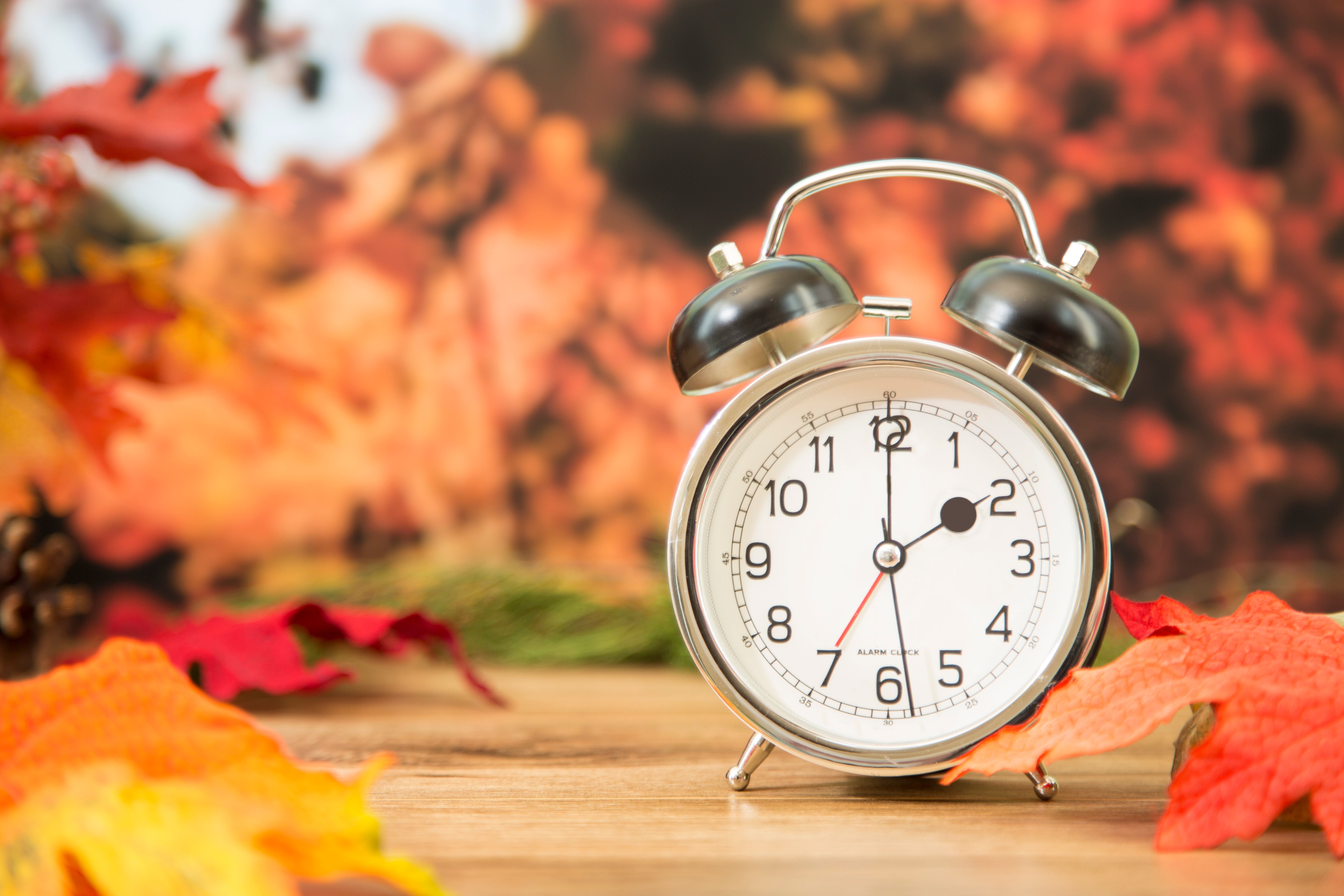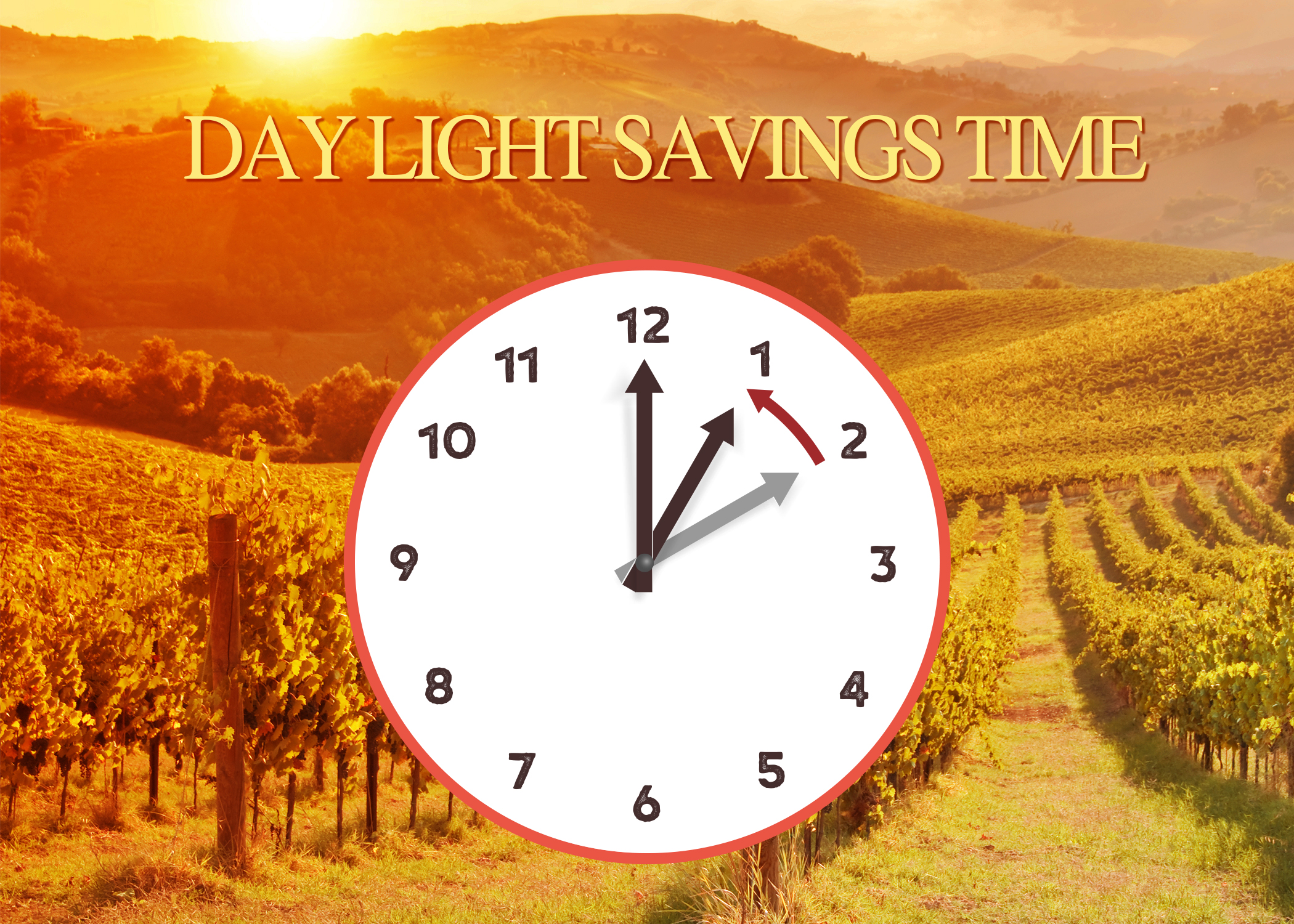
Some Amish communities also choose not to participate in daylight saving time. territories of American Samoa, Guam, Puerto Rico, the Virgin Islands and the Northern Mariana Islands also remain on standard time year-round. Hawaii and Arizona-with the exception of the state’s Navajo Nation-do not observe daylight saving time, and the U.S. Not everyone in the United States springs forward and falls back. Order finally came in 1966 with the enactment of the Uniform Time Act, which standardized daylight saving time from the last Sunday in April to the last Sunday in October, although states had the option of remaining on standard time year-round.

Passengers on a 35-mile bus ride from Steubenville, Ohio, to Moundsville, West Virginia, passed through seven time changes. Paul, Minnesota, even began daylight saving two weeks before its twin city, Minneapolis. States and localities could start and end daylight saving whenever they pleased, a system that Time magazine (an aptly named source) described in 1963 as “a chaos of clocks.” In 1965 there were 23 different pairs of start and end dates in Iowa alone, and St. National daylight saving time returned during World War II, but after its repeal three weeks after war’s end the confusing hodgepodge resumed. For decades, daylight saving in the United States was a confounding patchwork of local practices.Īfter the national repeal in 1919, some states and cities, including New York City and Chicago, continued to shift their clocks. Rather than rural interests, it has been urban entities such as retail outlets and recreational businesses that have championed daylight saving over the decades.Ħ. Agrarian interests led the fight for the 1919 repeal of national daylight saving time, which passed after Congress voted to override President Woodrow Wilson’s veto. Farmers had to wait an extra hour for dew to evaporate to harvest hay, hired hands worked less since they still left at the same time for dinner and cows weren’t ready to be milked an hour earlier to meet shipping schedules. The sun, not the clock, dictated farmers’ schedules, so daylight saving was very disruptive. Daylight saving time in the United States was not intended to benefit farmers, as many people think.Ĭontrary to popular belief, American farmers did not lobby for daylight saving to have more time to work in the fields in fact, the agriculture industry was deeply opposed to the time switch when it was first implemented on March 31, 1918, as a wartime measure.

Why Ukraine Has Seen Centuries of Conflict 5. by the summer sun, the founding father penned a satirical essay in which he calculated that Parisians, simply by waking up at dawn, could save the modern-day equivalent of $200 million through “the economy of using sunshine instead of candles.” As a result of this essay, Franklin is often erroneously given the honor of “inventing” daylight saving time, but he only proposed a change in sleep schedules-not the time itself.

After being unpleasantly stirred from sleep at 6 a.m. Though in favor of maximizing daylight waking hours, Benjamin Franklin did not originate the idea of moving clocks forward.īy the time he was a 78-year-old American envoy in Paris in 1784, the man who espoused the virtues of “early to bed and early to rise” was not practicing what he preached. However, since the word “saving” acts as part of an adjective rather than a verb, the singular is grammatically correct. Many people render the term’s second word in its plural form. It’s “daylight saving time,” not “daylight savings time.”


 0 kommentar(er)
0 kommentar(er)
